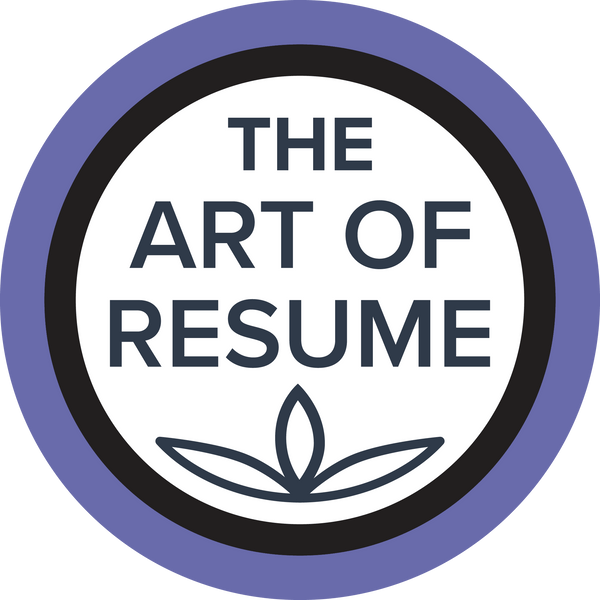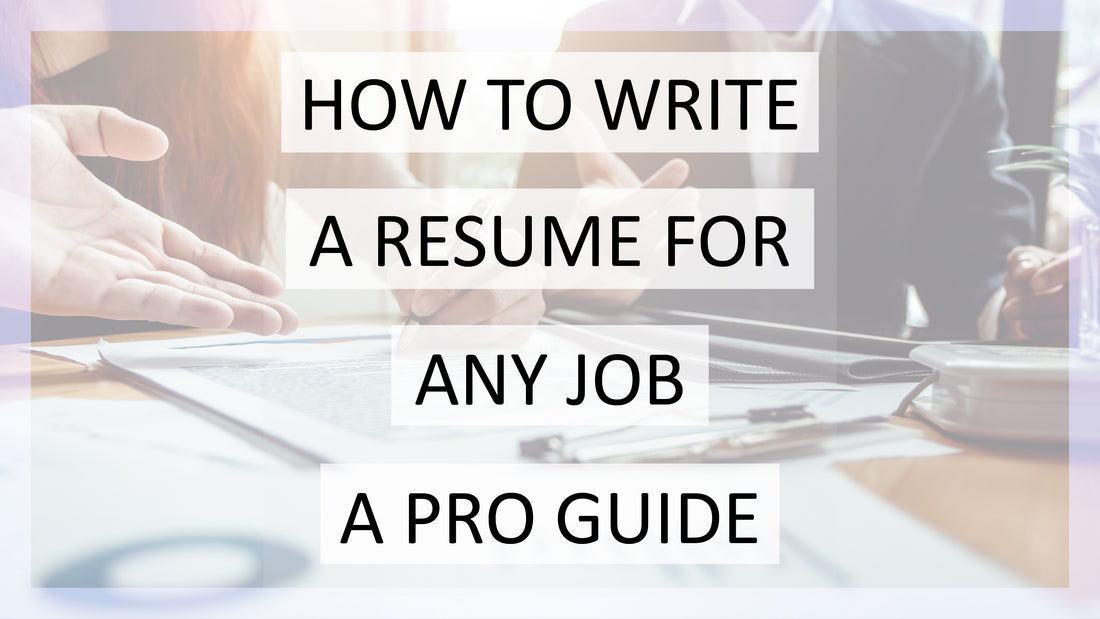Getting hired never easy. What is the first step in acquiring a new job? It starts with creating your resume. Your resume and cover letter are your best marketing tool. Make sure it is perfect with these easy steps:

Top Resume Tips:
1) Your Resume Template
It all starts with your resume template. Unlike the past, there are a lot of new resume templates available that are worth the investment. If you cannot make a resume template yourself, invest in your future. Remember, a great resume design that impresses prospective employers can equal an even bigger salary. First impressions are everything and your resume is a great place to start. Look for a well-balance resume that is complimentary to your profession and the prospective company. START HERE
2) Make No Mistake!
Spelling and grammar errors are two of the most frowned upon no-nos. The most common cut-off (besides lack of qualifications) for hiring staff is finding spelling and grammar errors in a resume. It shows unprofessionalism and a lack of attention to detail. Ask at least one or two people (preferably in your field of work) to check your spelling and grammar. If you are editing your work alone, take a break between edits to give yourself a fresh perspective.
3) Perfection Matters.
HR’s job is to look over your resume and scrutinize for layout mistakes as well. Check to make sure everything is aligned. Things can get moved around pretty easy so get your ruler (MS Word Align Tool) ready when you are finalizing your resume.
4) Make Each Application Matter
Relate your content directly to the company’s job application. The more work experience and educational history you can correlate to the job requirements, the easier it will be for the HR and hiring manager to envision you in the role.
5) Brevity is Key
Cut out the filler. Trim off the fat. Remove all unrelated tidbits and elongated words or sentences where short ones will do.

Moving on, let's dive into a little bit more detail:
1) For your CONTACT information, you need a professional email mailbox name and domain. Keep the name related to your name or profession.
Example) yourname@yourprofession.com
2) If you are applying for certain jobs, like a technical company, @yahoo and @hotmail domains might automatically get you rejected. Gmail is considered to be the better option professionally.
EXAMPLES from 1) and 2):
a) BEST (Pro): yourname@profession.com
b) BETTER (Advanced): yourname@gmail.com
c) BAD (Rejected): fancypants_candy@yahoo.com
3) Have a personal website? If it does not relate to the job application, it is not necessary. If you are a designer and it showcases your portfolio, then it is a must. A LinkedIn account is strongly advisable. The more the company can learn about you, your work history, and your career trajectory, the better.
4) When you update and change your information on your resume, make sure it is corresponds with all platforms. Your website, resume, LinkedIn account need to match. Your curated professional image will impress recruiters.
5) When filling out all of your resume sections, use reverse chronicle order. Your first point should always be your most recent job experience.
6) Bold, CAPITAL, and italic formatting can make a more readable resume. To keep your resume looking modern, try two fonts styles, like a serif and sans serif, or two complementary colors (subtle shades) in headings and subheadings to make your resume stand out.
7) Your font size must be easy to read with a minimum 11 points.
8) Stay away from fancy fonts like Curlz, Papyrus, or Comic Sans.
9) Keep your work experience within the last 10 years.
10) If you haven’t finished your Degree, you do not want to include it and your GPA should only be used if it’s above 3.0.
11) Unless references are requested, do not included them with your application. You do not need to have “References Upon Request” on your resume.
12) Depending on your profession, one page is long enough for all the necessary information. If your experience runs to two pages, make sure that there are no unimportant words and phrases. Simplicity is much more appealing when someone hiring.

13) NEVER LIE!
14) Add statistics if you can. “Increased sales by 25% for Q02 2017” is professional and more alluring than “Increased sales”.
15) Do not include every detail possible- being brief on details will give an employer the chance to solicit information from you, which you can talk about in an interview.
16) Adding your hobbies and your interests will give the company a better idea if you will fit into their culture. Make sure you add volunteer work and any hobbies related to your field of work.
17) Find the name of the HR manager or hiring manager by calling the company- use it in a personalized email and cover letter.
18) Include a cover letter that matches your resume and summarizes why you want to work for the company as well as your objectives for the company (using your talents, of course!).
19) Go through your contacts. Find a connection and drop a name or two in your cover letter. You are more likely to get hired if you have friends on the inside. Companies hate to hire strangers so hit up your friends/ acquaintance list!
20) Never use passive when active can be used. “I had filed all of the daily reports” is a NOPE while “All daily reports were filed” is YES!
21) A big question is if you should use a profile photo on your resume. The answer depends on your profession. If you are an actor, model, stylist, author, a profile photo is needed. Applying for an administrator? Baker? Best to leave it out.
22) Tailor each resume for each company. One resume should not be for multiple companies. This type of resume is easy to spot out. Companies are not looking for a generic, handed-out-to-everyone resume. It is a symbolic warning sign of someone who puts little effort into what they are trying to achieve.
23) When you are adding your key skills or what you have accomplished, give an example of why it is true. Don’t just say “good at communicating”; instead say “collaborated with a large team of 15 and finished all projects within deadline.” Much better to show your money is where your mouth is!
24) Use some BUZZWORDS! Check out this list for the top 10 best:
www.theartofresume.com/2018/04/top-10-best-resume-buzzwords
25) When you are saving your resume, the format is very important. Try this for example: “FirstName_LastName_JobPosition”. Always use your first name, last name, and position you are applying for. That way, HR can identify your file easily in their email or folder.
26) Finally, and most importantly, take your time. It is much better to submit a polished, well-crafted resume than a sloppy, mistake-filled one. Take pride in your accomplishments and showcase them as such!
Happy beginnings to a great new career!




